Life
Sign up for our newsletter
We summarize the week's scientific breakthroughs every Thursday.
-
 Microbes
MicrobesTests turn up dicey bagged ice
Tests of bagged ice found that 19 percent exceeded recommended thresholds for bacterial contamination.
By Laura Beil -
 Microbes
MicrobesThaw tests turn up dicey bagged ice
Tests of bagged ice found that 19 percent exceeded recommended thresholds for bacterial contamination.
By Laura Beil -
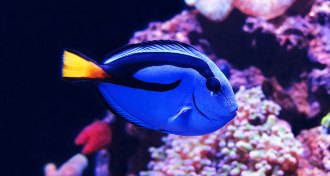 Animals
AnimalsThat ‘Dory’ for sale may have been poisoned with cyanide
Preliminary results from a new study show that over half of aquarium fish sold in the United States may have been caught with cyanide.
-
 Space
SpaceReaders weigh in on ET and the meaning of life
Reader feedback from the June 25, 2016, issue of Science News
-
 Neuroscience
NeuroscienceCocaine addicts can’t kick other habits either
Habitual users tend to get stuck in nondrug-related habits more easily, too, pointing to a potential strategy for treatment
-
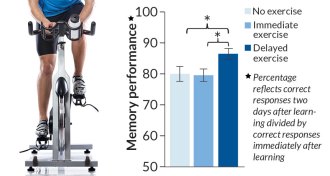
-
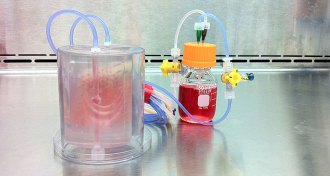 Health & Medicine
Health & MedicineStem cells from pig fat aid in growing new bone
Scientists transform fat stem cells into bone and grow new jaws for minipigs.
-
 Astronomy
AstronomyMolecular handedness found in space
Propylene oxide in an interstellar cloud sets up a testing ground for understanding why life chooses one type of mirror-image molecule over another.
-
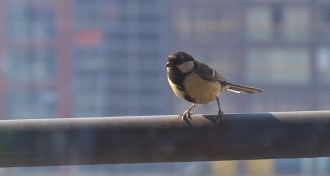 Animals
AnimalsCity living shortens great tits’ telomeres
Great tits raised in urban nests have shorter protective caps on their chromosomes than those raised in rural nests.
-
 Animals
AnimalsCity living shortens great tits’ telomeres
Great tits raised in urban nests have shorter protective caps on their chromosomes than those raised in rural nests.
-
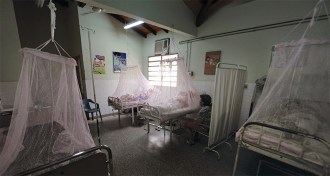 Life
LifeVaccines may offer defense against dengue, Zika and chikungunya
Mosquitoes carry several harmful viruses—dengue, Zika, chikungunya. Vaccines may be the best means of defense.
By Laura Beil -
 Health & Medicine
Health & MedicineWHO: Very little risk that Brazil’s Olympics will speed Zika’s spread
Olympics not likely to hasten international spread of Zika virus, according to WHO analysis that includes data from previous mass gatherings.
By Meghan Rosen